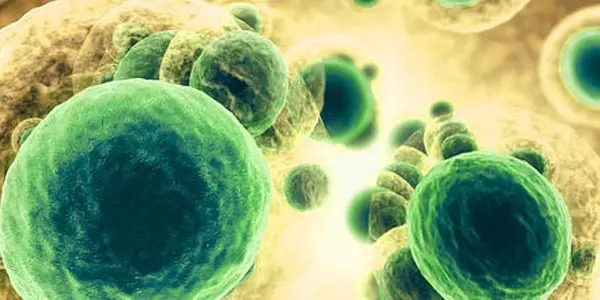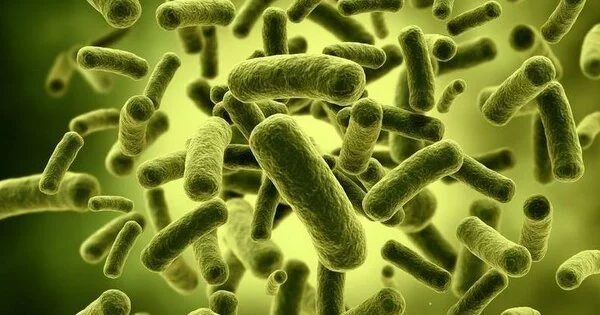To endure harsh environmental conditions, researchers from the Universities of Bristol and Hamburg created bacteria with internal nutritional reserves that may be accessed as needed. The discoveries, which were published in the journal ACS Synthetic Biology, pave the path for more robust biotechnologies based on synthetic bacteria.
Scientists can modify organisms and exploit their capabilities to create creative solutions ranging from sustainable biomaterial production to enhanced pathogen and disease sensing.
Some organisms have evolved techniques for surviving hostile environments. A cell wall is a protective structure that permits almost all prokaryotes to survive in both hypertonic and hypotonic water circumstances. Some soil bacteria can produce endospores that are resistant to heat and drought, allowing the organism to persist until favorable conditions return. These and other adaptations enable bacteria to remain the most numerous life form in all terrestrial and aquatic habitats.
Dr. Thomas Gorochowski, joint senior author and a Royal Society University Research Fellow in the School of Biological Sciences at Bristol, said: “Many of the engineered biological systems we have created to date are fragile and break easily when removed from the carefully controlled conditions of the lab. This makes their deployment and scale-up difficult.”
We were able to demonstrate how carefully managing reserves of key cellular resources is a valuable approach to engineering bacteria that must operate in harsh environments.
Professor Zoya Ignatova
To address this issue, the researchers focused on the concept of building up protein reserves within cells when things are good and then breaking these down when situations are challenging and additional nutrients are required.
First author Klara Szydlo, a Ph.D. student at the University of Hamburg, elaborated: “To function and survive, cells require building components such as amino acids. We engineered bacteria to have a safe store of these, which could then be broken down and released when nutrients became scarce in the larger ecosystem. This allowed the cells to continue working during difficult periods and made them more resistant to any unanticipated difficulties.”
To create such a system, the team engineered bacteria to produce proteins that could not be directly used by the cell, but which were recognized by molecular machines called proteases. When nutrients fluctuated in the environment, these proteases could then be called on to release the amino acids making up the protein reserve. The released amino acids allowed the cells to continue growing, even though the environment lacked the nutrients required. The system acted similar to a biological battery that the cell could tap into when the mains power was cut.

Dr. Gorochowski added: “Developing such a system like this is difficult because there are many different aspects of the design to consider. How big should the protein reserve be? How quickly does this need to be broken down? What sorts of environmental fluctuation would this approach work for? We had lots of questions and no easy way to assess the different options.”
To address this issue, the team created a mathematical model that allowed them to replicate a variety of scenarios and better understand where the system performed effectively and where it failed. It was discovered that a delicate balance was necessary between the quantity of the protein reserve, the speed with which it could be broken down when needed, and the length of time nutrients were scarce. However, the model also demonstrated that if the perfect combination of these elements was present, the cell might be entirely insulated from outside changes.
Prokaryotes flourish in a wide range of environments: some grow in settings that appear to us to be relatively normal, while others can thrive and develop in conditions that would kill a plant or an animal. Extremophiles are bacteria and archaea that have adapted to grow under harsh environments. The term “extremophile” means “lovers of extremes.” Extremophiles have been discovered in a variety of settings, including the depths of the oceans, hot springs, the Arctic and Antarctic, very dry areas, deep beneath the Earth, harsh chemical environments, and high radiation environments, to name a few. Many extremophiles cannot thrive in moderate habitats because they have unique adaptations that allow them to exist in extreme conditions.
Professor Zoya Ignatova, co-senior author from the Institute of Biochemistry and Molecular Biology at the University of Hamburg, concluded: “We were able to demonstrate how carefully managing reserves of key cellular resources is a valuable approach to engineering bacteria that must operate in harsh environments. This feature will become increasingly crucial as we deploy our systems in complicated real-world contexts, and our work helps pave the way for more robust designed cells that can operate in a safe and predictable manner.”





